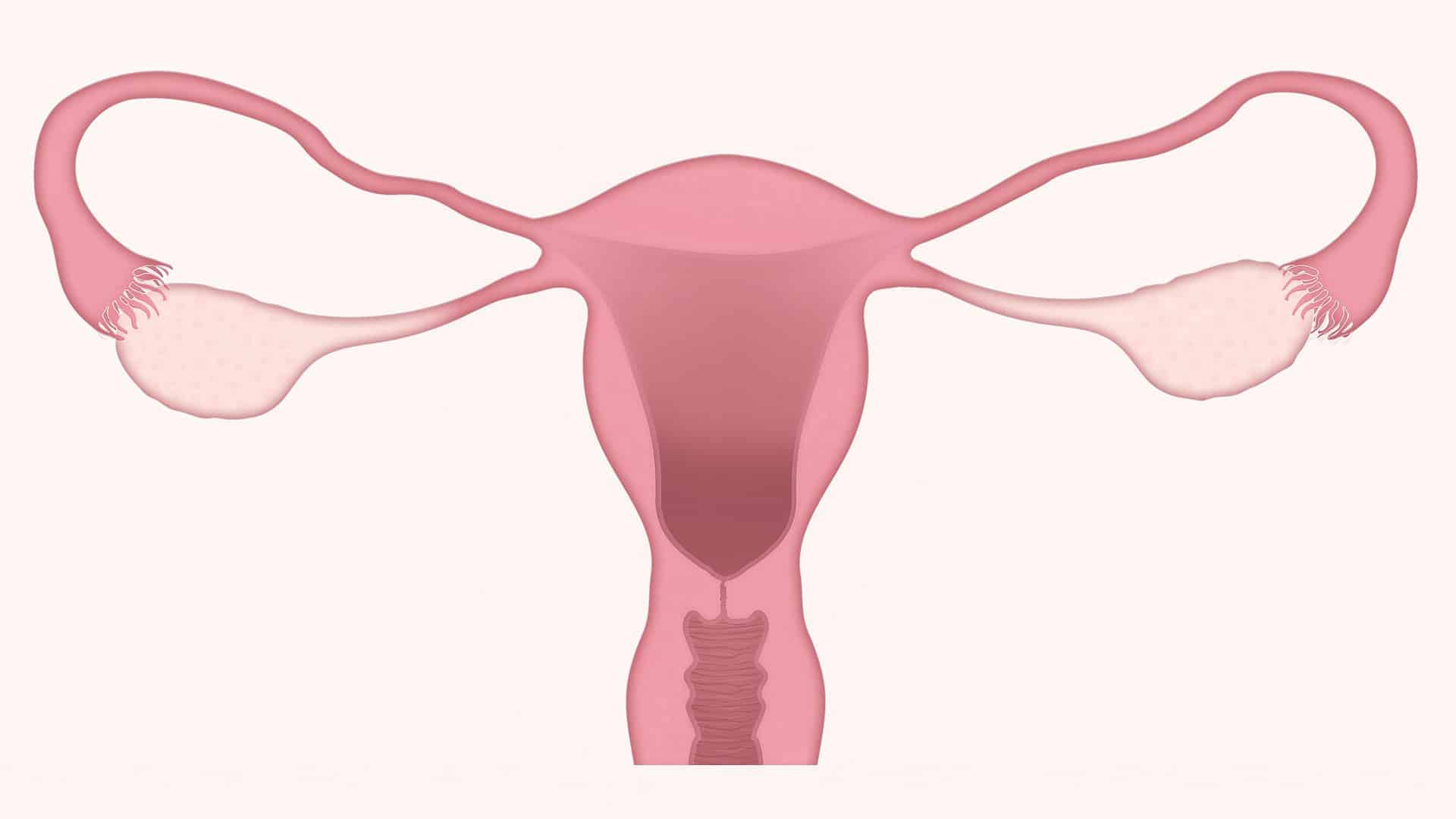My Cart(0)
Incomplete Uterovaginal Prolapse

The uterus is held in place by pelvic ligaments and muscles. The muscles can become weak or stretched out leading to a lack of support for the uterus. When the muscles become weak, the uterus may sag or descend from its normal position into the vagina.
A uterovaginal prolapse is classified by its stage. A complete prolapse means part of the uterus has slipped so far that it protrudes from the vaginal opening. The difference with an incomplete uterovaginal prolapse is that the uterus becomes partially displaced into the vagina, but it does not protrude out.

Symptoms
Pelvic area prolapses are very common in women. According to the Cleveland Clinic, about one in three women have some type of pelvic prolapse. Of those women, approximately 25 percent develop symptoms.
Symptoms of uterovaginal prolapse may vary depending on how far into the vagina the uterus has slipped. For example, the uterus may only descend to the upper vagina. Common symptoms of an incomplete uterovaginal prolapse include:
- Vaginal pressure or a feeling of heaviness
- Pain with intercourse
- Increased vaginal bleeding
- Frequent bladder infections
- Trouble passing stool
Diagnosis
Diagnosis of an incomplete uterovaginal prolapse is usually made after a review of symptoms and a pelvic exam. During the pelvic exam, you may be asked to tighten your pelvic muscles or bear down. Doing these actions may help your doctor determine the strength of your pelvic muscles and how far into the vagina the uterus has slipped. Your doctor may also order a vaginal ultrasound or an MRI to assess the severity of the prolapse.

Causes
An incomplete uterovaginal prolapse can occur when the pelvic muscles that support the uterus become weak. The muscles can become weak for a variety of reasons. The most common reason for an incomplete uterovaginal prolapse is having one or more vaginal deliveries.
Certain factors may also increase your risk of developing an incomplete prolapse. For example, if you have a large baby or have a history of pelvic surgery, it may increase your risk.
Although it can occur at any age, a prolapse tends to be more common as a woman gets older. The muscles that hold the uterus in place naturally become weaker as estrogen levels decline.
Treatment
Treatment for incomplete uterovaginal prolapse is aimed at providing support for the uterus, strengthening the pelvic muscles, and preventing the condition from becoming worse. One way to strengthen the pelvic floor muscles that support the uterus is by doing Kegel exercises three or four times a day.
Kegel exercises involve tightening and relaxing the pelvic floor muscles. To locate the right muscles, think about contracting the muscles to stop the flow of urine. Hold the contraction for about five seconds and relax. Repeat the exercise five times. If you are unsure how to do a Kegel correctly, don’t hesitate to ask your healthcare provider.
There are a few additional ways to treat the condition including the following:
- Wear an abdominal binder for additional support.
- Treat constipation to avoid straining when having a bowel movement.
- Avoid heavy lifting
- Consider estrogen replacement if you are postmenopausal. Estrogen may prevent continued weakening of the pelvic muscles.
More invasive treatment, such as wearing a pessary, which is inserted into the vagina to support the uterus or surgery is not usually needed unless the condition progresses to a complete prolapse.
Prognosis
The prognosis for an incomplete uterovaginal prolapse is good. In many cases, conservative treatment listed above can prevent the condition from becoming worse. The condition may resolve on its own without more invasive treatment.
This Article was brought to you in collaboration with Bellefit, the makers of the best postpartum girdles
Founded in 2008 Bellefit® is the most mom-trusted and awarded brand of postpartum girdles & corsets for recovery after c-section or natural childbirth. Bellefit® girdles come in five designs made using proprietary compression fabrics. Their unique design features triple-layered reinforced front and back support panels.
As a woman-owned company, Bellefit® is no stranger to the challenges new moms face during and after pregnancy. The company helps women feel supported and confident in their changing bodies.
Bellefit Girdles
unsubscribe at any time without costs.











